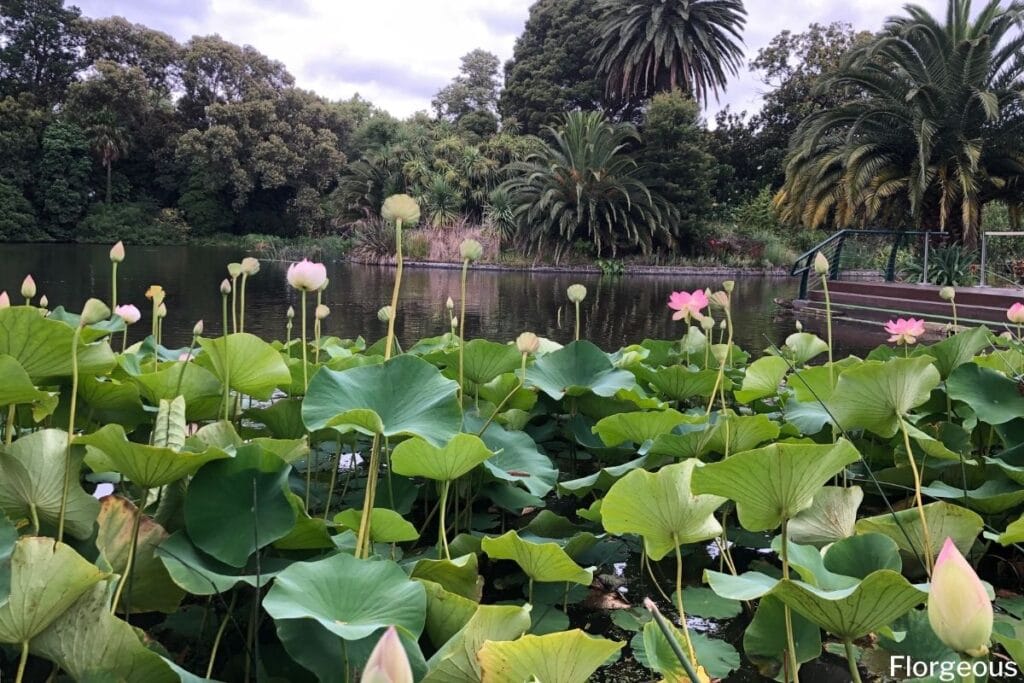There are many plants that grow in water. Some of these plants can be found in the water, while others have roots that rest on a substrate, and the leaves project above the surface. There are some aquatic plants that you can use as fish food, such as duckweed or water lettuce.
What are the best plants that grow in water? It is a question that you have likely asked before, and for good reason.
In this article, we’ll cover the best water plants you can grow.
What Are Water Plants?

The term “water plant” can be a bit confusing—are these plants that need water to live? Plants that grow exclusively in water? Plants that grow on the edge of bodies of water?
Plants have to survive in a variety of environments, and water plants are one example of their adaptability. The roots grow down into the mud underwater while leaves float on top of the water’s surface or even further away from shore where they get plenty of direct light!
They are also known as macrophytes or hydrophytes to differentiate them from other microphytes such as algae.
Water is an essential requirement of all life but especially aquatic plants because their roots must be submerged under at least six inches deep with no air bubbles coming up around them.
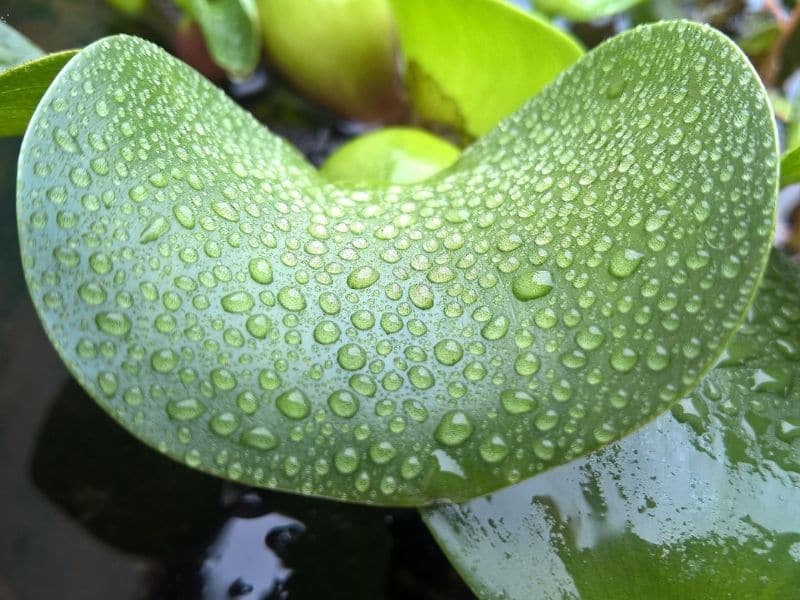
You might categorize water plants as being free floaters, ones that float freely on the surface, or rooted water plants, those that have just a few parts floating on the surface. There are also deep floaters, which are plants that float freely within a body of water without being anchored in any way into the soil.
If you want to grow water plants for yourself, you might consider growing some in a pool or backyard pond. You can also grow many of these indoor water plants in an aquaponics system indoors, which is a system in which fish aquariums and plants are intermingled to create a self-sustaining environment.
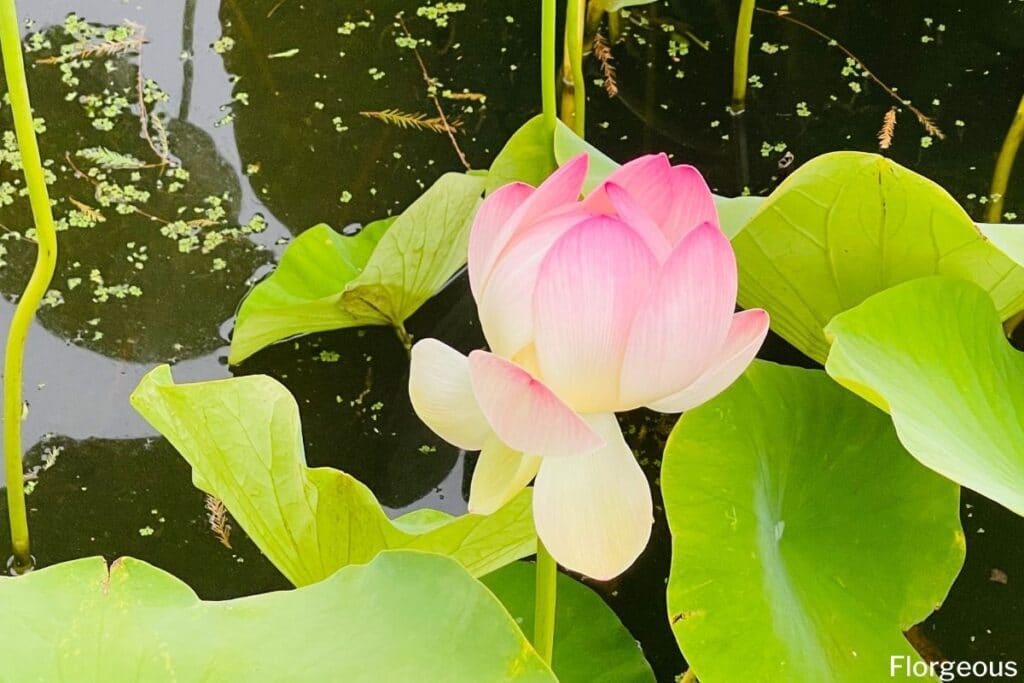
Here Are Different Types of Pond Plants You Can Grow
Whether you’re growing in a pond or pool, an aquaponics tank, or some other kind of watery oasis, here are some of the best water plants to consider growing. Some of these are underwater plants while others are semi aquatic plants.
#1. Water Forget-Me-Not
Do you love the elusive, delicate beauty of the traditional forget-me-not? If so, you might want to consider growing the water forget-me-not.
This aquatic plant offers attractive pink or blue flowers, growing dense mats of foliage in moving water, like waterfalls. These vibrant blooms provide a haven for various aquatic creatures that thrive in wetland habitats
#2. Calla Lilies
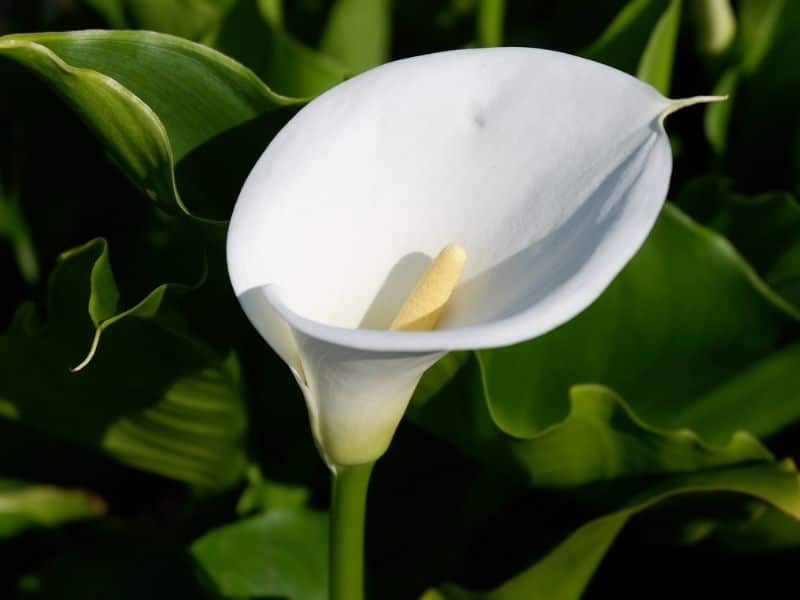
Callas are prized for their ability to be grown in small amounts of water. Despite the name, callas are not true lilies, but they’re nonetheless famous for their attractive foliage and gorgeous flowers.
If you want to grow callas as semi water plants, make sure you choose white callas—these are known for being semi-aquatic. Other hybrids require ample drainage, so you’ll want to stick predominately to white callas instead. These can be almost entirely submerged in water.
#3. Duckweed
Duckweed, also known as Lemnoideae, is one of the tiniest aquatic plants you can find. It is a floating plant that is often harvested as animal feed for animals like ducks, goats, chickens, and cattle.
Of course, you don’t have to have a barnyard full of animals in order to grow the plant. It also helps to regulate algae growth and to balance out nutrient levels. It produces small flowers, too, depending on the variety you grow.
#4. Rough Horsetail
Rough horsetail, or Equisetum hyemale, is one of the common pond plants to consider growing if you want to give a more vertical appeal to your outdoor pond or pool. It can easily grow to more than three feet in height—but if you are interested in a plant with a lower profile, consider a dwarf variety instead.
#5. Creeping Jenny
This plant is one that grows exceptionally well on the sides of an outdoor pond. Here, it can grow easily between rocks, producing gorgeous cup-shaped flowers in the summer. However, you don’t have to wait for the flowers to appear to enjoy this plant’s beauty—it is also prized for its attractive green foliage.
Just be aware that creeping jenny is considered an invasive species, so you will want to be mindful of where you plant it if growing it outdoors.
#6. Parrot’s Feather
The parrot’s feather plant, or Myriophyllum aquaticum, is one of a few unique underwater plants that grows entirely underwater.
However, it’s still a good candidate if you want to be able to enjoy its growth in a pond—it can grow up to a foot above the water. It has feathery foliage that is attractive and will make the perfect addition to your favorite water feature.
#7. Water Hyacinth

The water hyacinth is another beautiful water plant to consider growing. Also known as Eichhornia crassipes, this plant can completely choke out a body of water, so be careful where you grow it if you don’t want it to totally take over!
Just one plant can bear up to 20 flowers, making it the perfect choice for a decorative pond or another ornamental water feature.
#8. Lotus
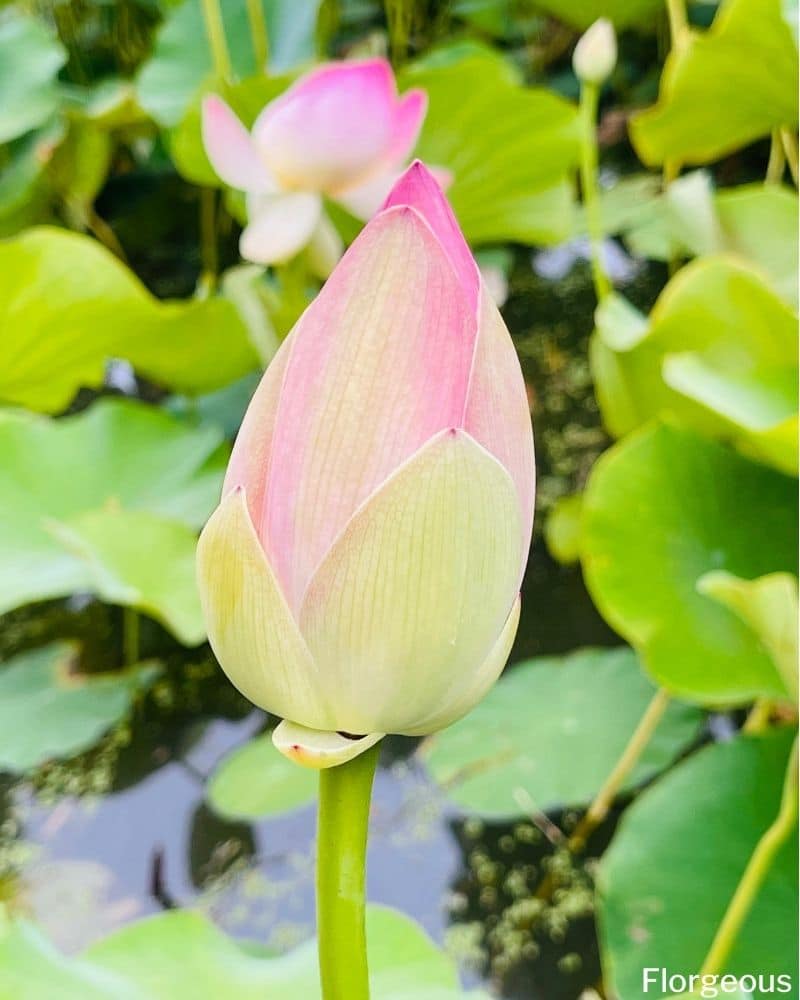
The lotus, or Nelumbo nucifera, is the classic water plant. It produces flowers that can rapidly grow to more than a foot wide and can be found in all kinds of colors.
Lotus plants thrive in bright light and will rapidly take over a pond if you aren’t careful! It can also be grown in wet soil.
If you’re looking to design beautiful water gardens, these water loving plants are for you.
#9. Mosaic Flower
Mosaic flowers, or Ludwigia sedoides, are floating plants that grow easily in any aquatic setting. It’s named for its diamond-patterned leaves that form a mosaic-like appearance. It has red-green leaves that form in three to six-inch rosettes, providing your pond with an attractive surface texture.
#10. Amazon Frogbit
The Amazon frogbit is such a popular water plant that it is often grown as an aquarium plant. However, it can also be grown in a pond. Easy to care for, this plant can grow out of control if left unchecked—so make sure you check it regularly and thin it out to prevent its invasive growth!
#11. Water Lily
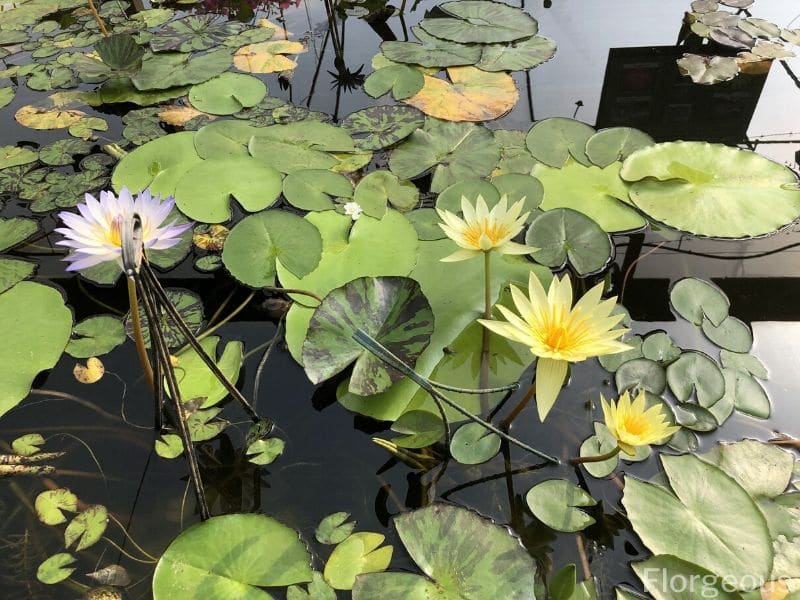
The water lily, or Nymphaea, is another classic choice when you’re looking for one of the most popular and beautiful types of pond plants. It looks a lot like the water lotus and therefore, is frequently confused. However, the real difference is in the leaves.
Water lilies have leaves that remain floating, like lily pads, while a lotus has those that do not touch the water surface. Water lilies can be hardy and tropical, especially when they bloom in early spring to early fall.
#12. Mosquito Fern
The good news about the mosquito fern? It doesn’t actually attract mosquitoes. Also known as Azolla, the mosquito fern looks a bit like duckweed and is also similar to duckweed in that this plant grows prolifically. It can rapidly grow to cover an entire body of water with its tiny, water-resistant leaves.
The other bit of positive news about the mosquito fern is that it is nicknamed as such because its leaves repel mosquitoes. They don’t like laying their eggs in bodies of water that grow these beautiful plants so you may find some benefit in growing this plant in your outdoor pond.
It can also be grown for fish food in an aquarium if you choose. Additionally, the mosquito fern is considered a native plant, making it a valuable addition to aquatic ecosystems.
#13. Cattail

Of course, no list of water garden plants would be complete without mentioning the cattail! Cattails can grow quickly, with native plants reaching six feet tall. There are dwarf varieties you can choose from, too.
#14. Umbrella Palm
If you want to grow a taller water plant, consider growing the umbrella palm. This submerged plant can rapidly grow to more than six feet tall, creating an elegant backdrop for smaller aquatic plants. Many growers, however, choose to keep it in a water-bound container to control its spread.
#15. Hornwort
Hornwort is often grown in aquariums because it has the ability to easily oxygenate an entire tank. It is a rootless plant with delicate leaves, serving as the perfect breeding ground for fast-reproducing fish like koi.
Their leaves can also inhibit the growth of algae, a plus if you plan on growing this plant in an outdoor pond. Pond owners appreciate its dual benefits of oxygenation and algae control.
Why You Should Grow Water Plants
There are plenty of great reasons to add water plants to your landscaping plans. Not only can water plants make a space look nicer, sprucing things up with their green growth, but they can also make a space healthier.
If you’re raising fish in an aquaponics environment, plants are crucial to replicate natural habitat, to filter out waste from the fish, and to aerate the aquarium.
Of course, there are health benefits to you as well. Plants of all kinds, but especially water plants, have the unique ability to filter toxins from the air.
If you’re stumped for design ideas for your home or garden and don’t know where to turn, consider growing some of these popular water plants. It’s a surefire way to make a statement!
FAQs
What plants can grow submerged in water?
Submerged plants include Anacharis, Hornwort, Java Moss, Water Sprite, and Vallisneria.
What are the best plants to put in a pond?
The best plants to put in a pond are those that can thrive in aquatic environments, such as Water Lilies, Water Hyacinths, Pickerelweed, Cattails, and Lotus.
What are 5 plants in fresh water?
Five plants commonly found in freshwater environments are Water Lily, Duckweed, Water Hyacinth, Waterweed, and Water Smartweed.

